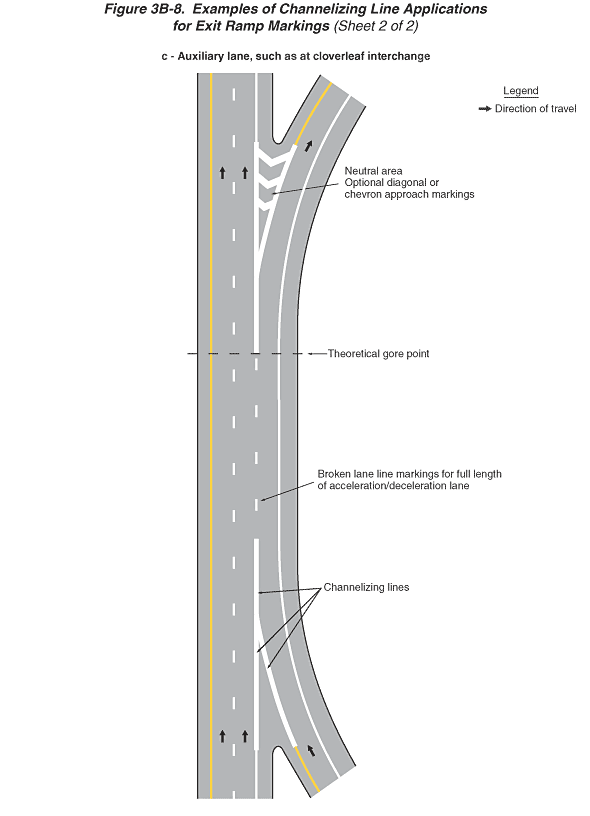
Figure 3B-8. Examples of Channelizing Line Applications for Exit Ramp Markings (Sheet 2 of 2)
This figure illustrates three examples of channelizing line applications for exit ramp markings, (a), (b), and (c). The figure is composed of two sheets.
- Sheet 2 of the figure shows a vertical highway, example (c):
- Example (c), auxiliary lane, such as at cloverleaf interchange, shows the two right lanes of one direction of a divided highway. Arrows indicate that the direction of travel is from the bottom of the figure to the top. A solid yellow line is to the left of the leftmost through lanes, a solid white line separates the rightmost travel lane from the right shoulder, and the through lanes are separated from each other by a broken white line. Near the bottom of the figure, an entrance ramp from the right side joins the through roadway. As the entrance ramp approaches the gore, the solid yellow line to the left of the entering lane changes to solid white "channelizing lines" that continue past the gore and join with the wide solid white line from the through lane to form a triangle. This triangle then changes into a broken white line that separates the acceleration lane from the through lanes. A note shows the "broken lane line markings for full length of acceleration/deceleration lane." The acceleration lane continues next to the through lanes and then becomes a deceleration lane as it approaches a right exit ramp. At the "theoretical gore point," the dotted white line becomes a wide solid white line that then becomes an elongated white triangle in front of the gore. A note identifies this as a "neutral area" with white "optional diagonal or chevron approach markings" added. The exit ramp curves off to the right.
- A legend shows a black arrow indicating the direction of travel in the lanes.
Back to: Sheet 1
